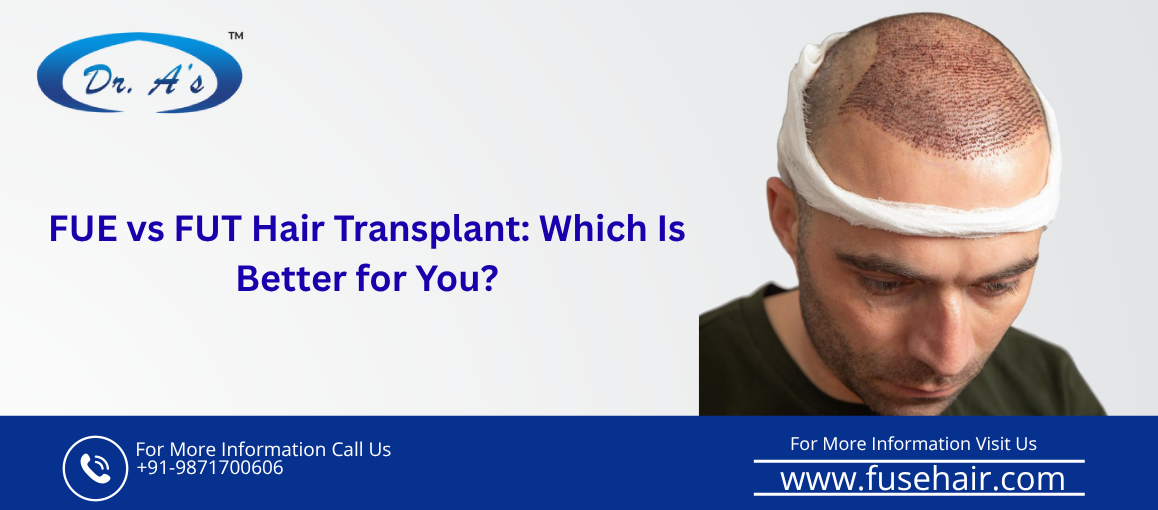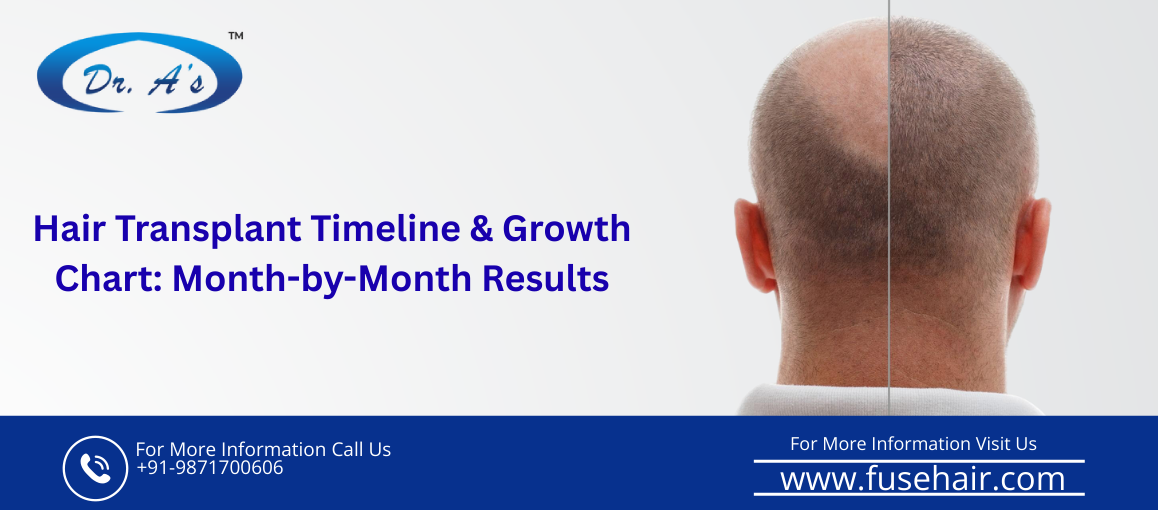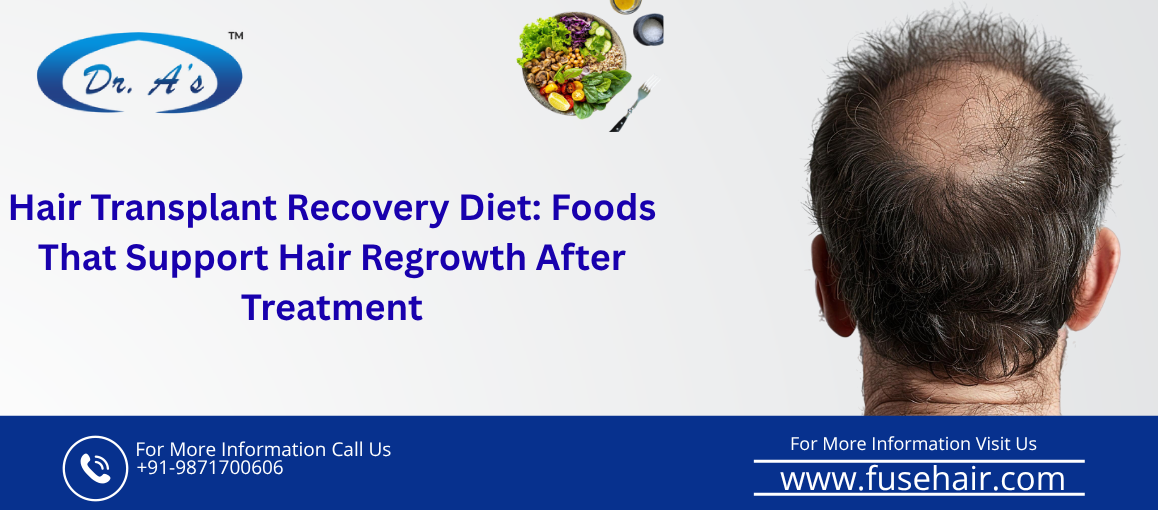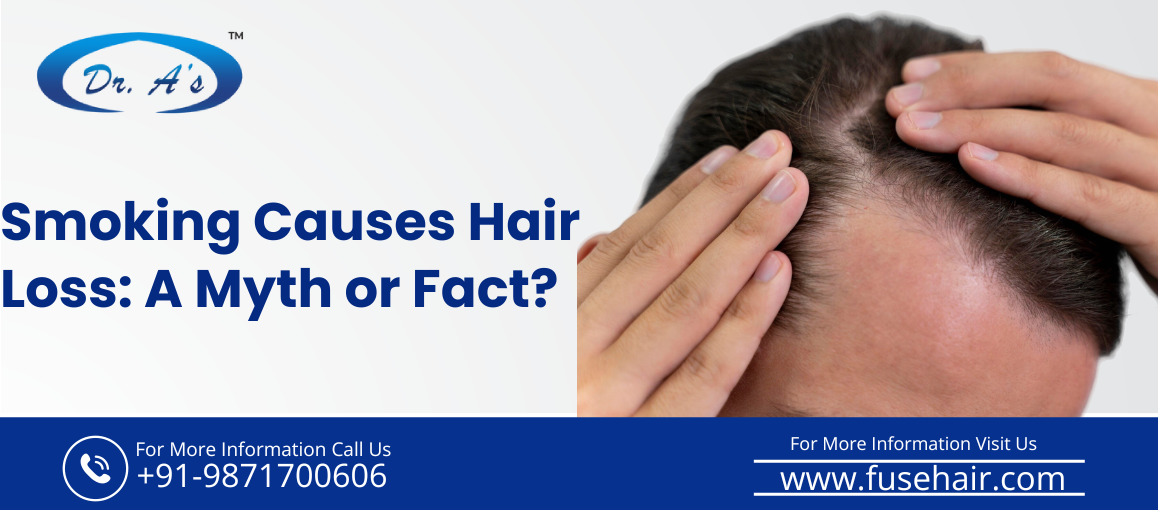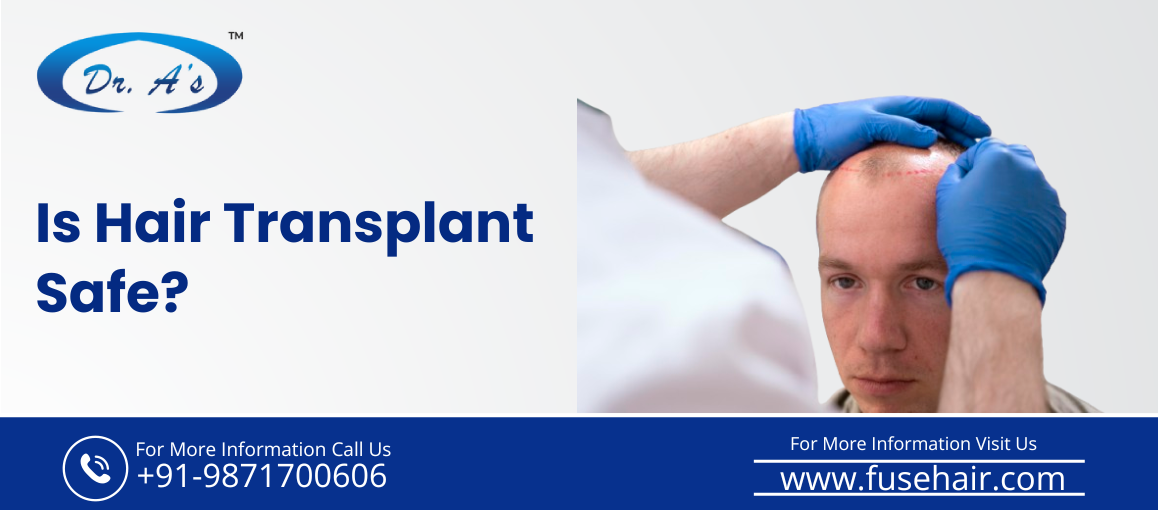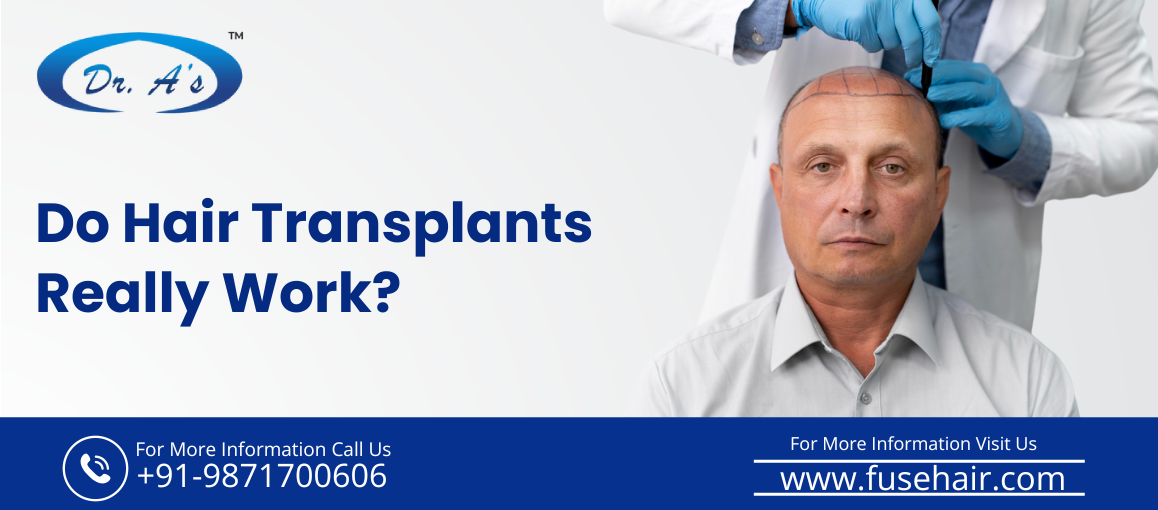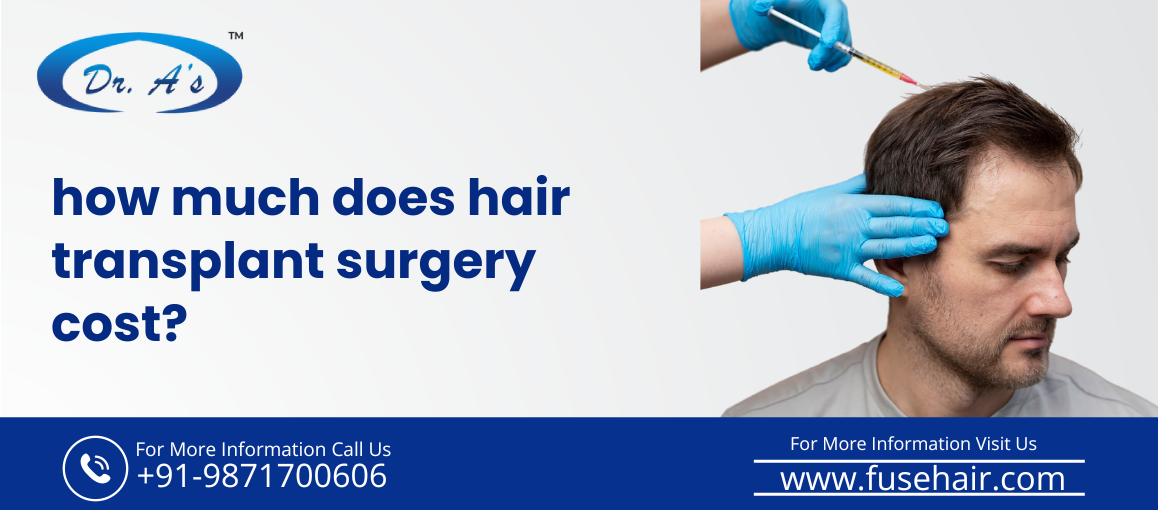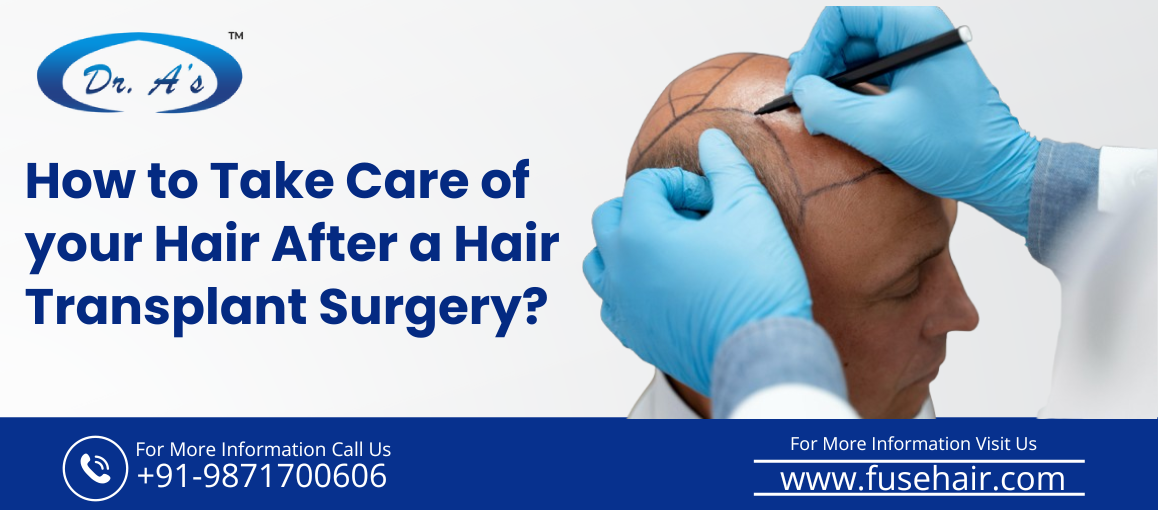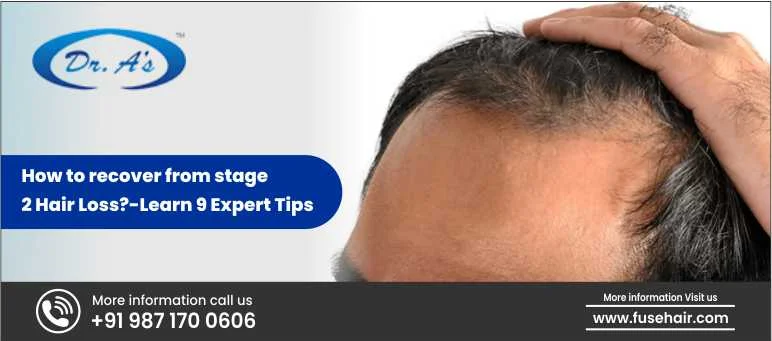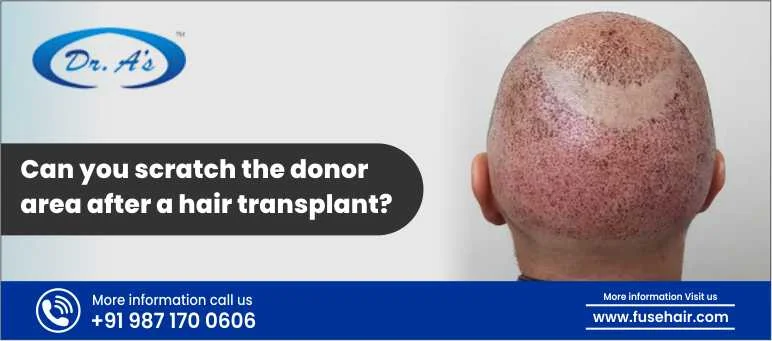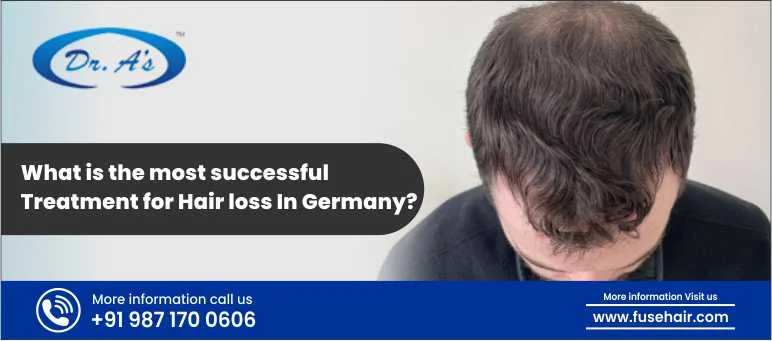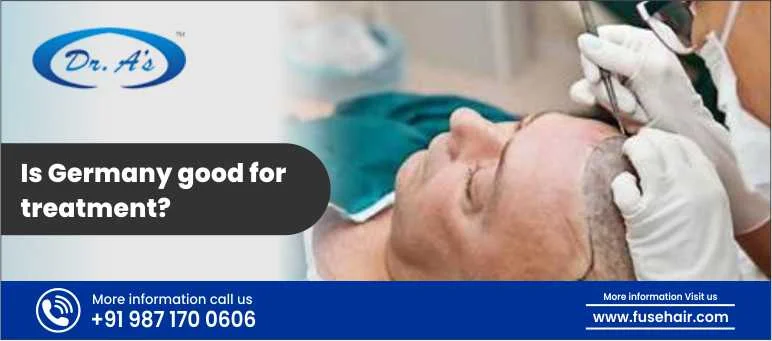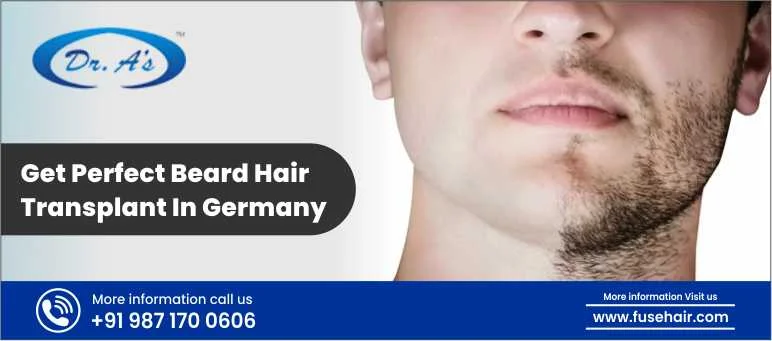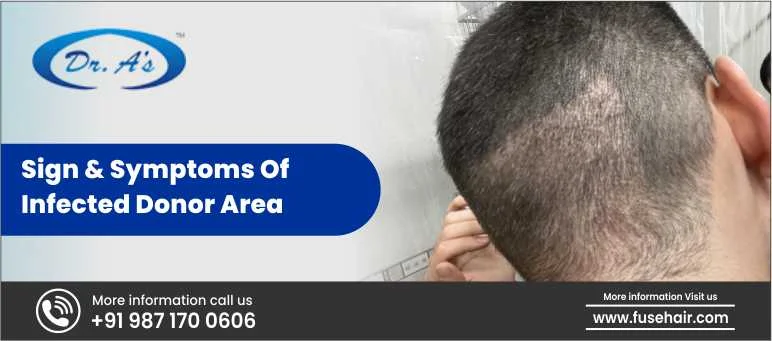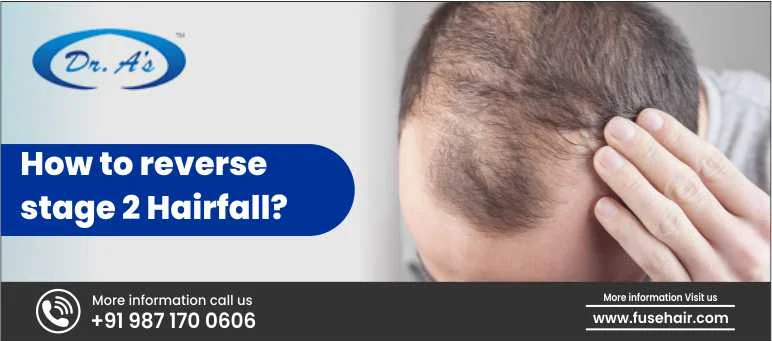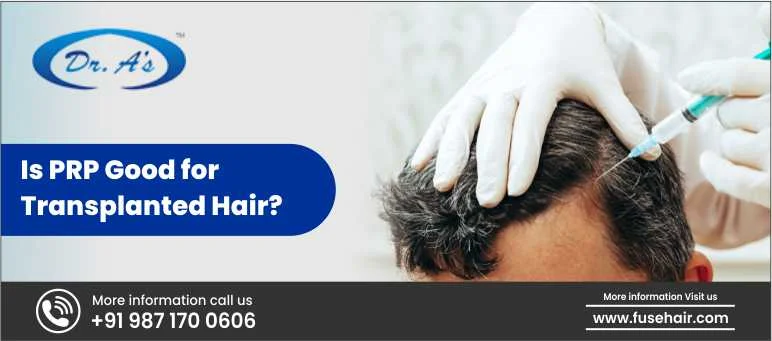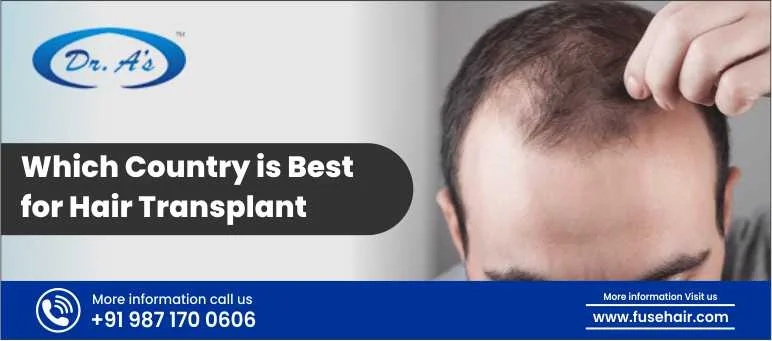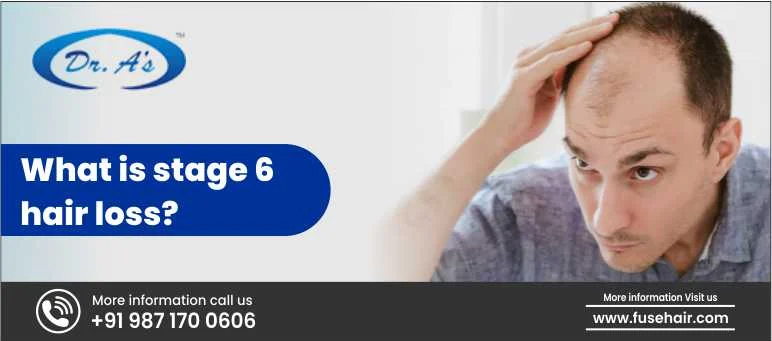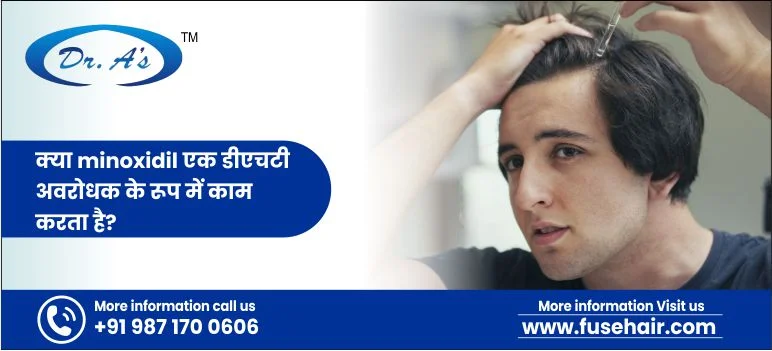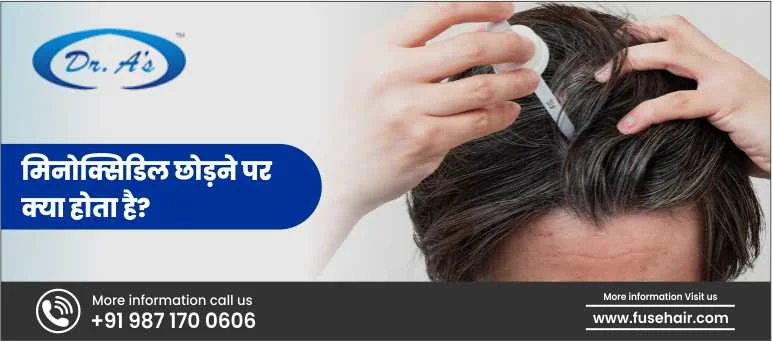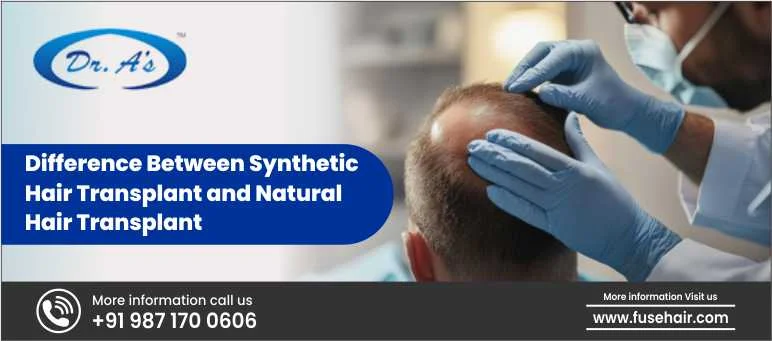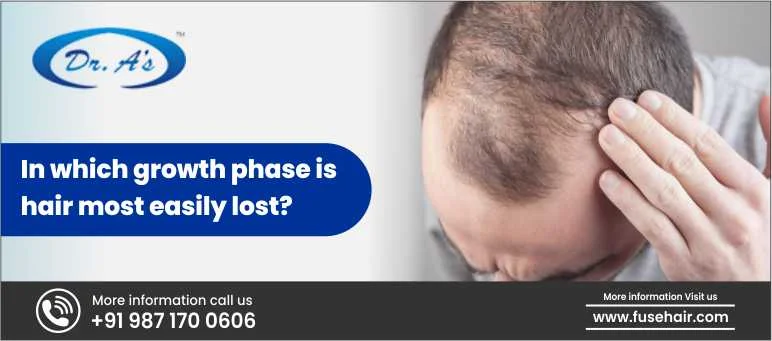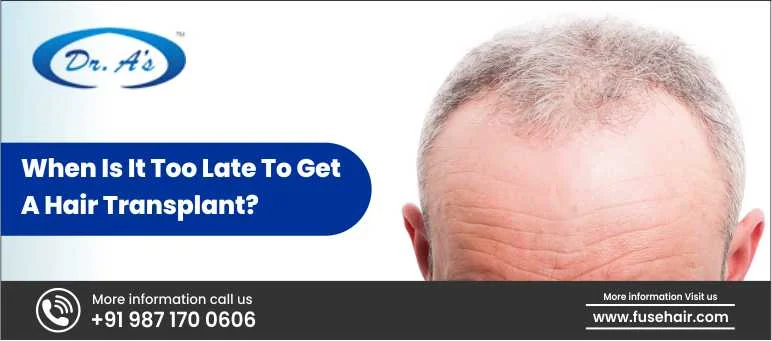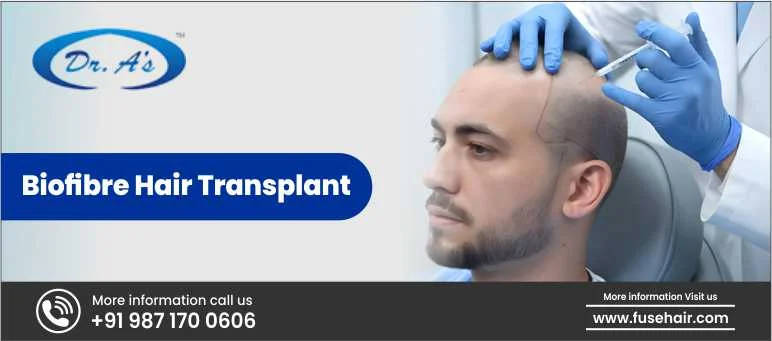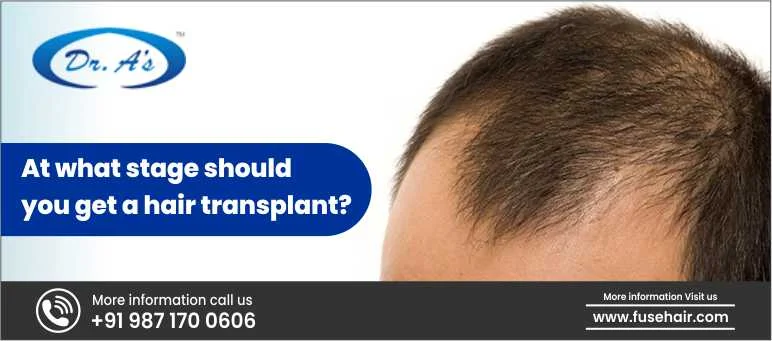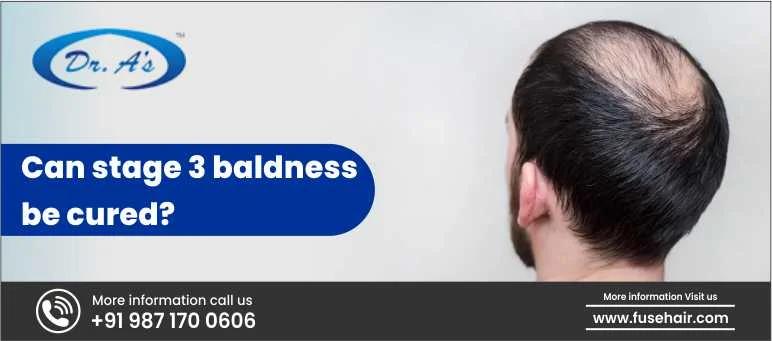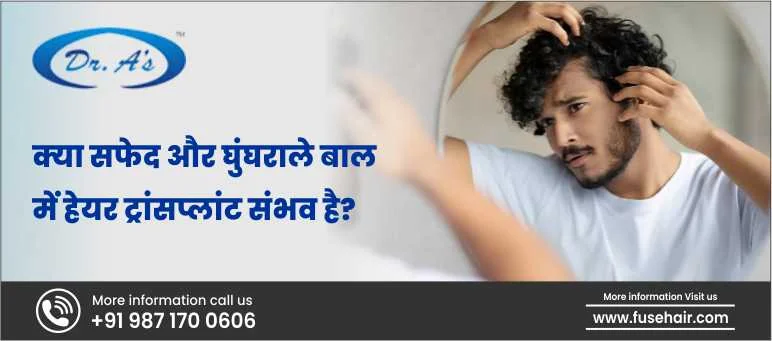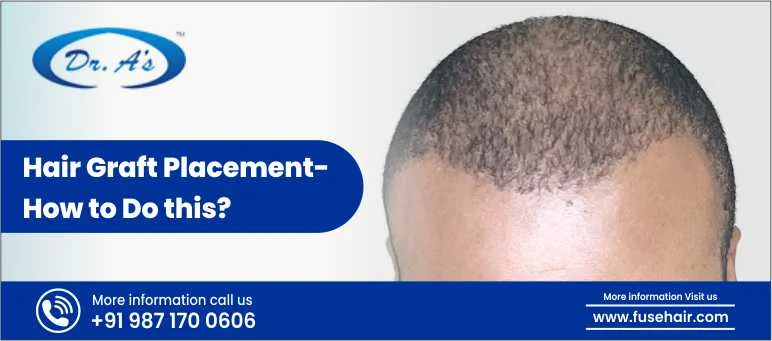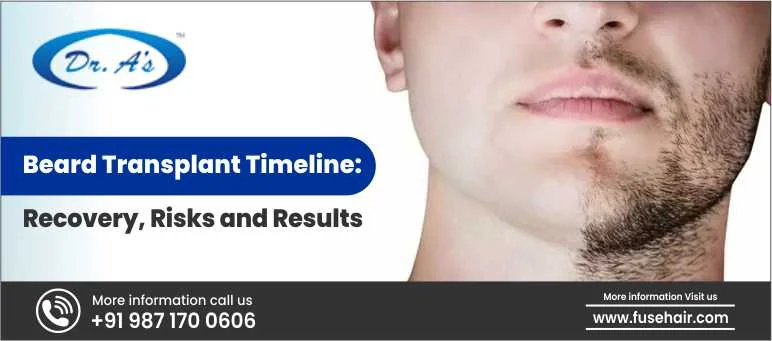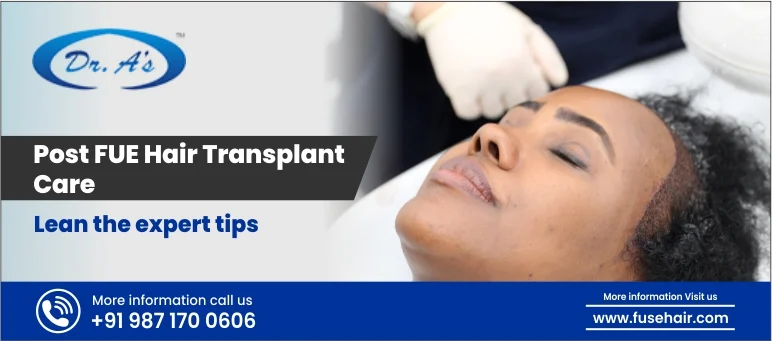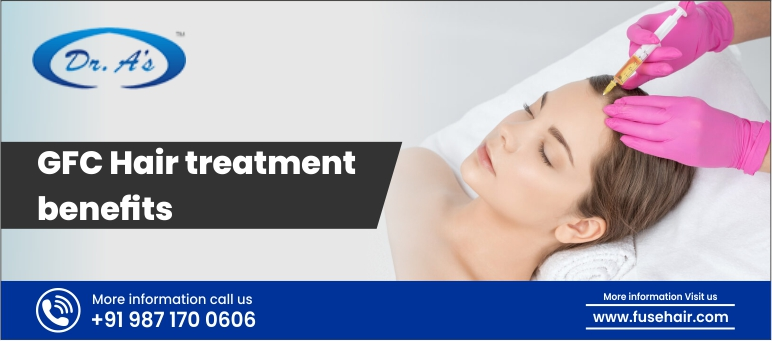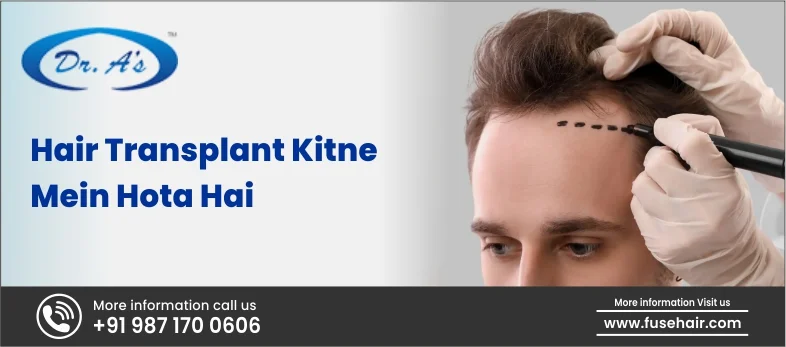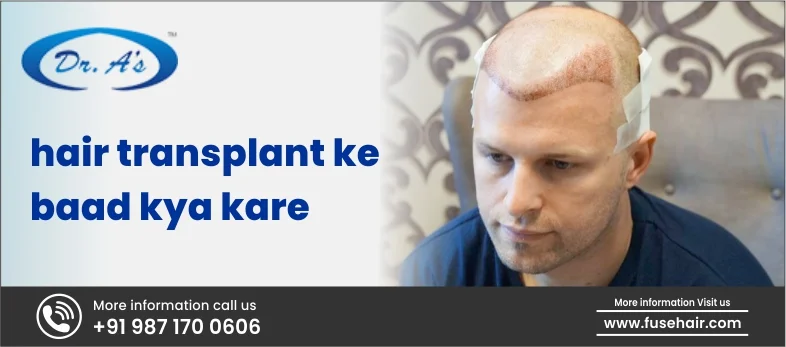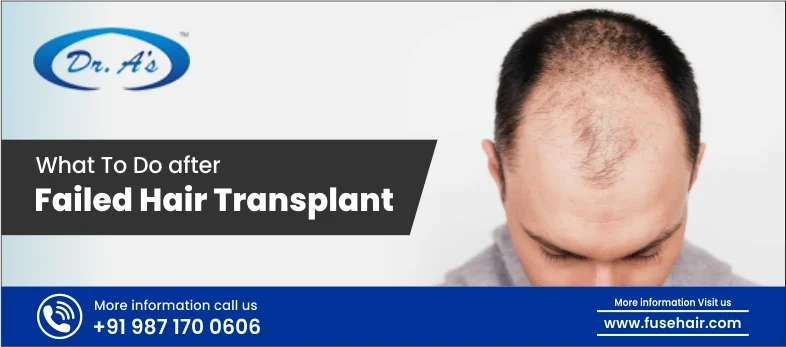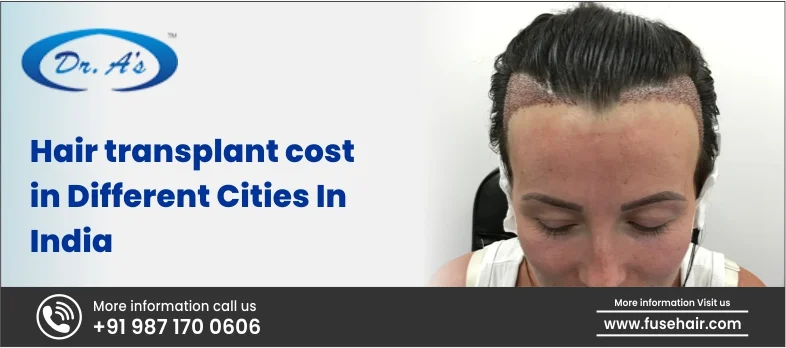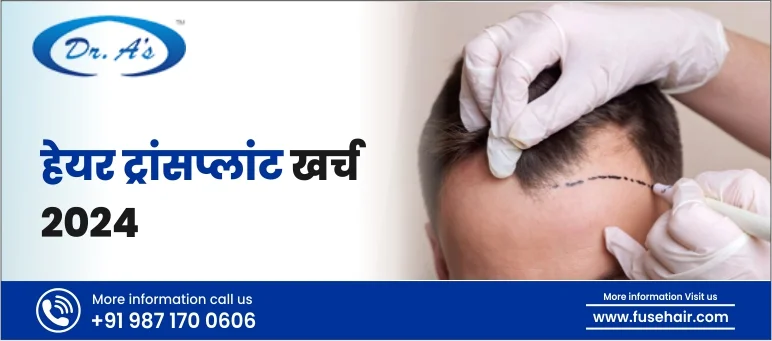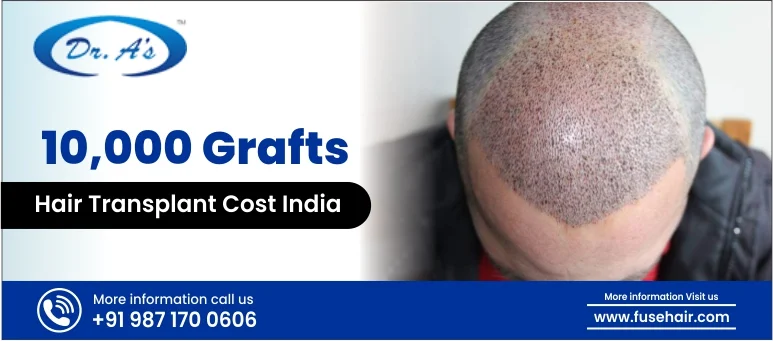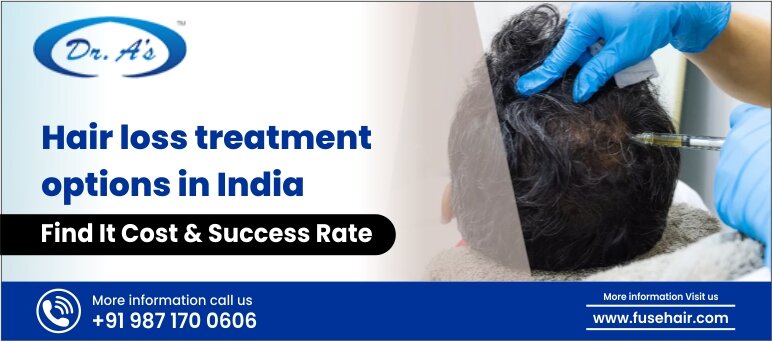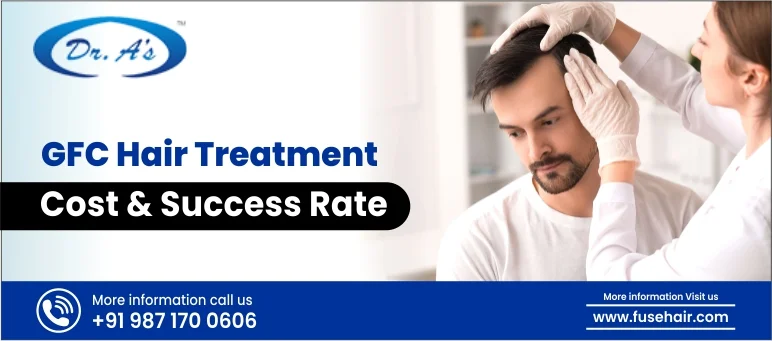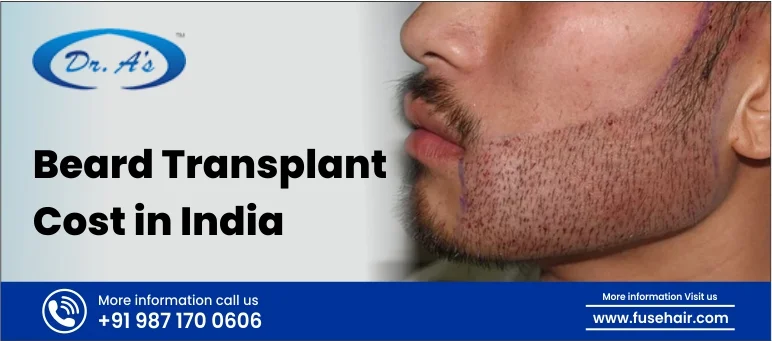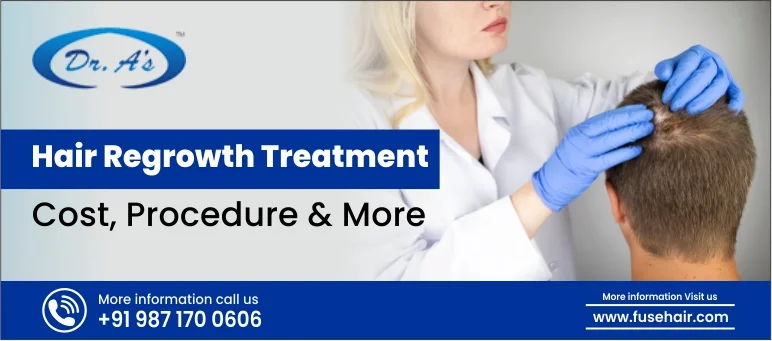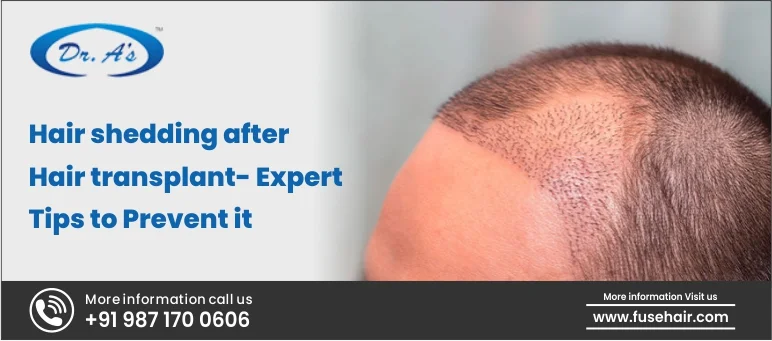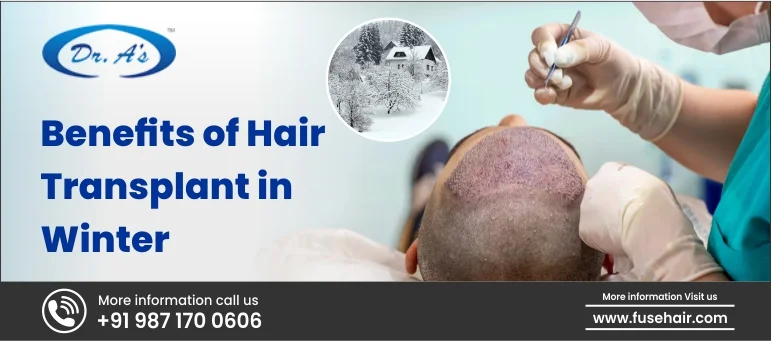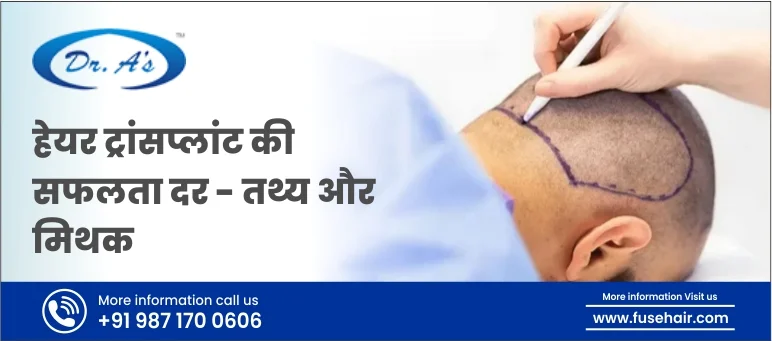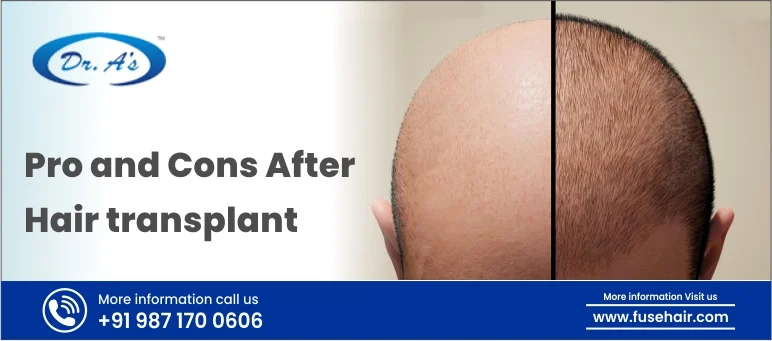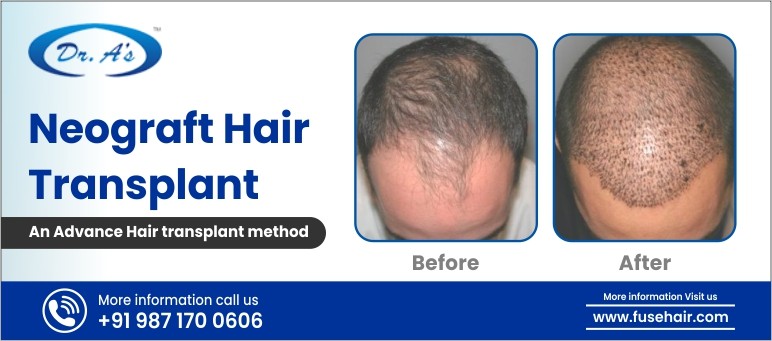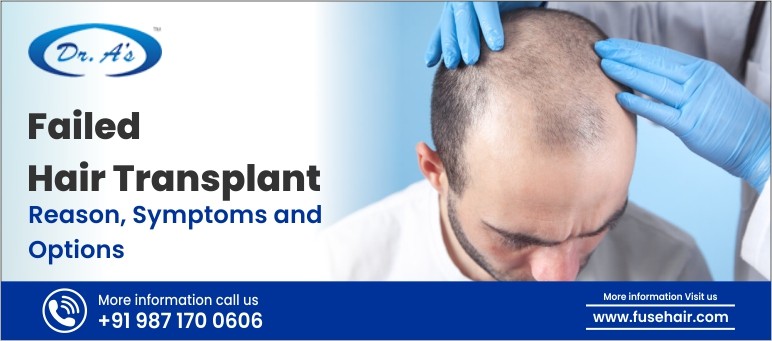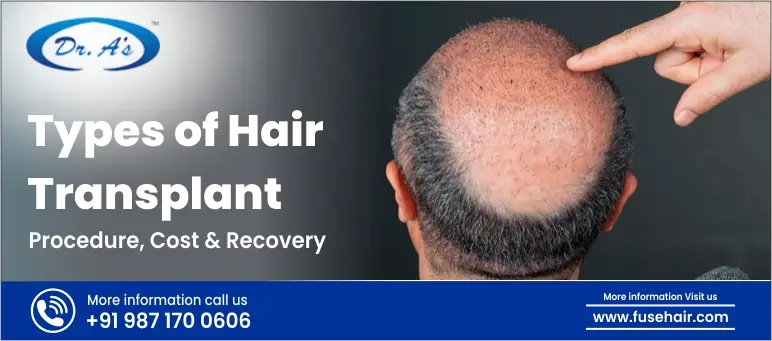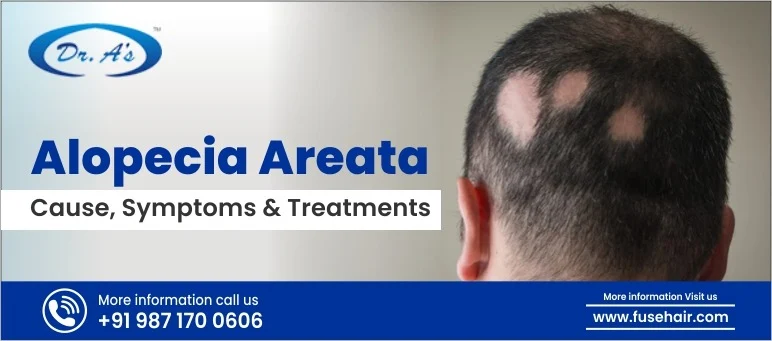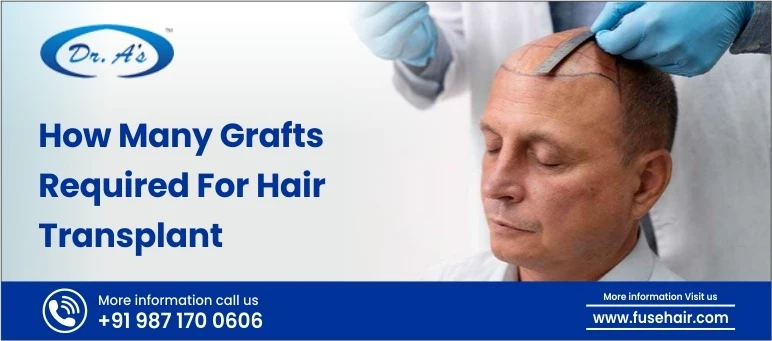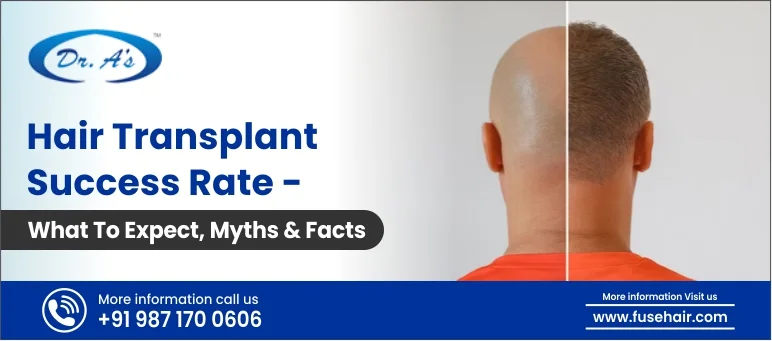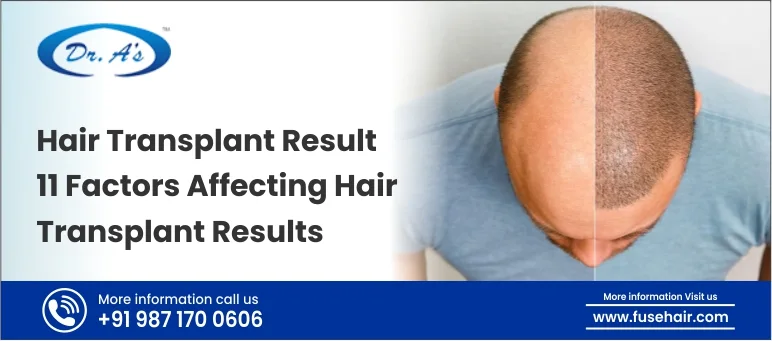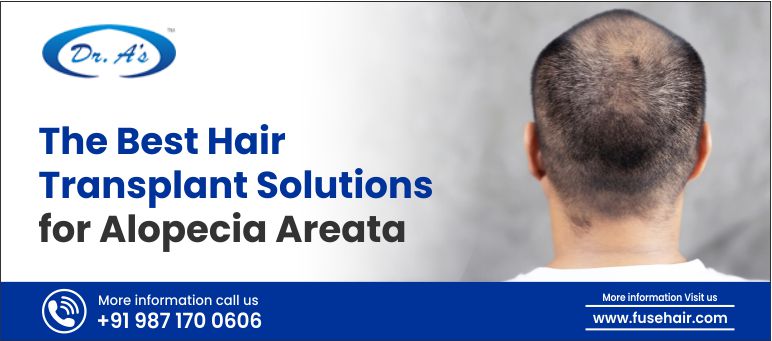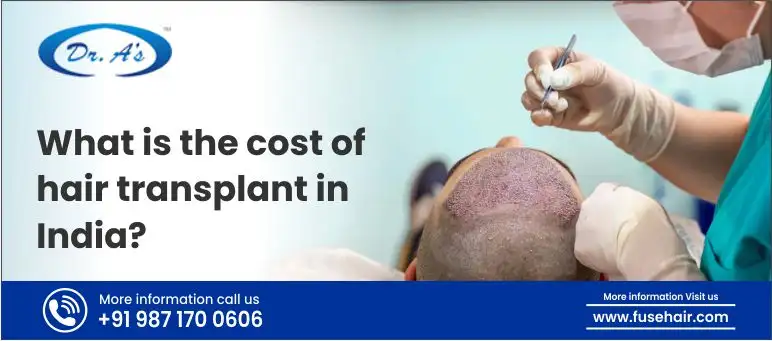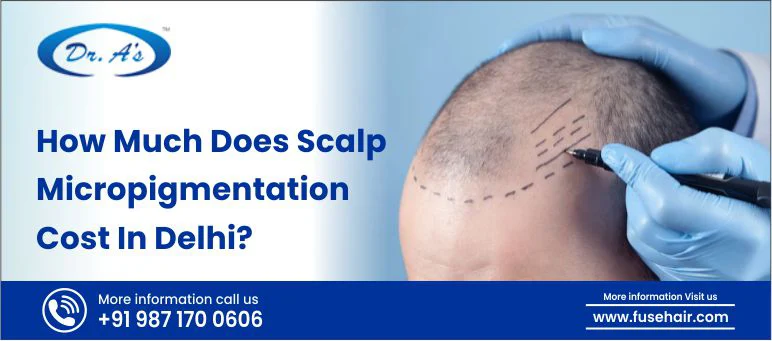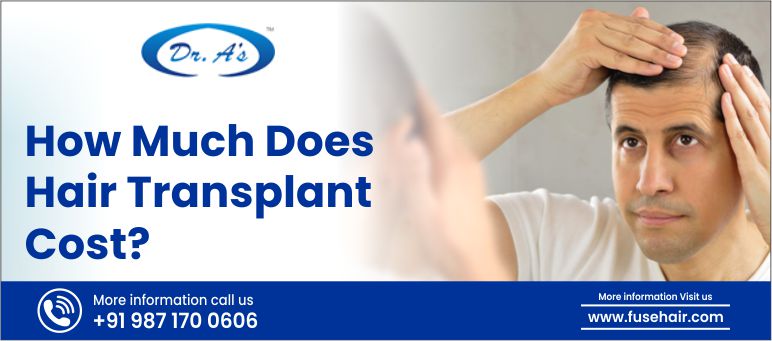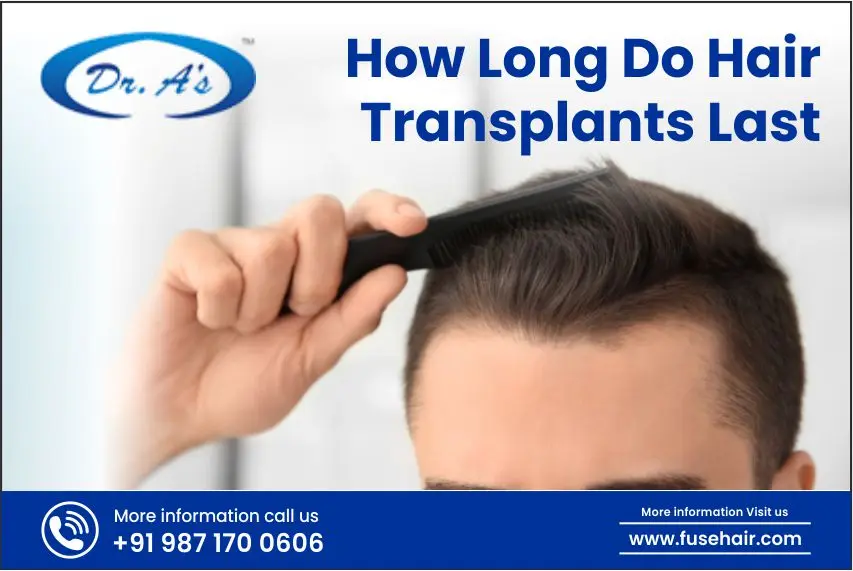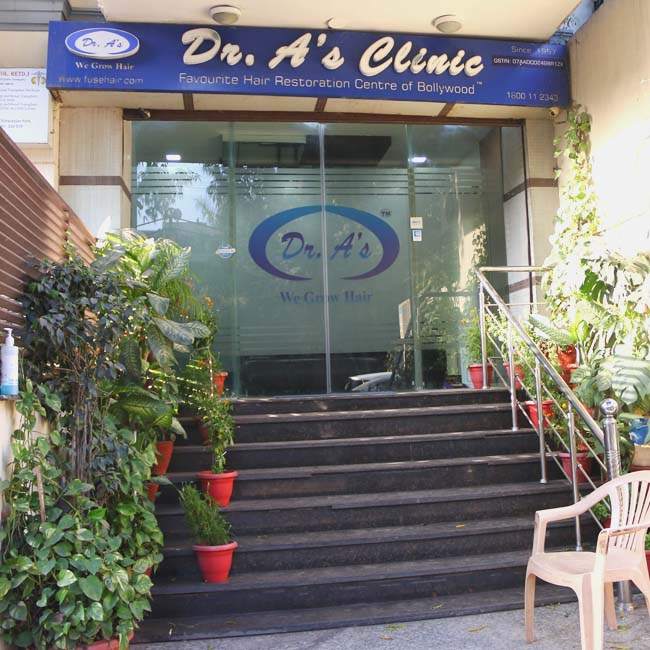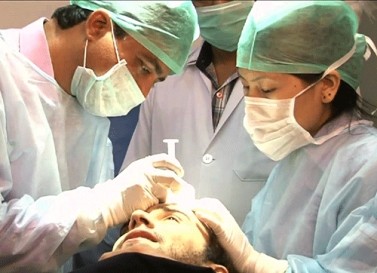
The beard has become the icon of manhood to a majority of men in society. However, some men cannot grow it naturally by any means. Patchy and uneven facial hair can occur due to genetics, scars, or hormones. Through beard hair transplants, one can have a guaranteed means of having fuller growth that appears natural. The process has also become popular among men who desire long-lasting and effective results as opposed to temporary fixes.
Led by Dr. Arvind Poswal, we at Dr. A’s Clinic in Delhi, offer successful results of accurately performed beard transplants. Patients come to our clinic from all over the world for long-lasting outcomes and a dense, natural-looking beard. This guide will help you learn more about it.
Understanding Beard Hair Transplants
Beard hair transplant is reconstructive surgery that involves transferring hair follicles from an area known as the donor, which is the back of the head, into the beard area. The methodology is comparable to hair transplants on the scalp, yet design and placement have to be done with even more precision.
All this is expected to imitate the natural growth pattern of facial hair. Beard hair, unlike scalp hair, grows at a certain angle and direction; hence, the surgeon has to outline the direction of each hair follicle to give it an authentic look. The process is able to fill in bald spots, establish a sharper beard shape, or build a complete beard from beginning to end.
The two are mainly methods:
- FUE (Follicular Unit Extraction): Picking hair follicles one by one and inserting them in the beard region.
- FUHT/FUT (Follicular Unit Hair Transplant): Taking out a strip of skin covered with hair, cutting it into grafts of hair, and moving it.
Beard transplants are permanent in nature since the characteristics of both the donor and the transplanted aspects of hair are not lost. This implies that when the follicles root, they shall develop naturally.
Clinics with high levels of expertise, such as Dr. A’s Clinic, offer advanced beard transplants, which can be utilized by men who have low volumes of scalp donor hair. Our founder, Dr. Arvind Poswal, selects the technique according to the needs of an individual and the type of hair, along with the style sought after.
Effectiveness and Process of Beard Hair Transplants
Here is a small guide on understanding the effectiveness of bear hair transplants:
How the Procedure Works
A consultation begins the process as the surgeon determines the structure of the face, the availability of donor hair, and the desired type of beard. The creation stage is very important; it focuses on how realistic the outcome shall appear.
During surgery, local anesthesia is used to ease the patient’s pain. Either FUE or FUHT is applied to carefully remove the donor hair. They are each ready under a microscope, after which they are placed into the beard zone at an optimal angle and concentration.
Depending on how many grafts are needed, the process may demand a few hours. The transplanted hair will shed off first, followed by new growth once the process is complete.
Success Rates
Beard transplants have high success rates when performed by a knowledgeable and experienced surgeon, with success rates averaging 90% and above. The most important aspects are the harvesting accuracy, graft handling, and attachment accuracy.
We at Dr A’s Clinic have decades of experience in facial hair restoration with natural results and minimal scarring. Our transplants leave patients with the prospect of continuous growth throughout his/her lifetime.
Expected Growth Timeline
Here is a timeline you can expect from your beard transplant:
- Days 1-2: A little beefiness, inflammation, and crusting of the beard.
- Months 1-3: The grafted hairs fall off, the usual last stage of the process.
- Months 3-6: New growth hairs start coming in fine and lighter in color.
- Months 6-12: The density of the beard becomes better; the hair is thick and darker.
- Twelve months later: The final results are already obvious, and the hair can be removed by shaving or trimming as usual for facial hair.
Factors That Affect Results
Several factors come into play when determining the results of your transplant:
- Surgeon skill is the greatest factor of success.
- Hair of the donor: Thicker and coarser hairs camouflage more easily into the beard region.
- The patient can benefit more by eating good food and never smoking after the treatment.
Male patients who have a reduced amount of donor scalp hair may develop acceptable results by extracting body hair (such as from the chest or below the chin). Dr. A’s Clinic, under the supervision of Dr. Arvind Poswal, is one of the first clinics to use such methods in challenging cases.
Maintenance and Long-Term Care
Once having achieved proper size, transplanted beard hair should only undergo daily grooming as the only special care. It may be stylized, cut, or shaved according to the preferences. However, nourished and moisturized skin increases the strength of the beard in the long term. To keep the quality of a beard, soft cleansers have to be employed, rough chemicals must be avoided, and the level of exposure to the sun has to be mitigated. The recommended amount of proteins, vitamins, and minerals helps to assure growing strong and steady years to come.
Tips for Achieving the Best Beard Transplant Results
The key to getting optimal outcomes of a beard transplant includes preparation, aftercare, and reasonable expectations. The next tips are to ensure that your new beard will be natural, healthy, and lasting.
-
Choosing a Qualified Surgeon
Transplanting hair on the face is an art and a technology. As a standard rule, select a hair transplant surgeon who will have proven experience in beard design and placement. Search pictures of how it used to be before and after, testimonials, and international success stories. With more than 20 years of experience in beard hair restoration, Dr. Arvind Poswal stands as one of the best surgeons in India. He makes the treatment planning procedure precise and also provides virtual consultations for your convenience.
-
Following Pre- and Post-Procedure Care
Smoking and blood-thinning medications should be avoided before surgery because they can hamper the healing. Once the procedure is done, observe post-cleaning and do not scratch or rub the area, as well as make follow-up visits. Avoiding such tips can damage your results.
-
Setting Realistic Expectations
Be prepared that it will take as long as a year to grow your dream beard. Density shall be according to the availability of donor hair, and several sessions may be required in case of huge areas. One who is a good surgeon will advise you as to what is possible to accomplish according to your situation.
Nature, correct treatment, and the availability of a specialist are the secrets of a natural, permanent beard that can boost your image and self-confidence. With trusted support at Dr. A’s Clinic, you do not have to stress much, as our team will guide you with every step of the treatment.
Conclusion
Beard hair transplants offer a tested solution to patchy or unsightly beard hair, permanently. Experience in planning and implementation is important for success. They can achieve this by selecting a competent clinic, such as Dr. A’s Clinic.
Under the expertise of Dr. Arvind Poswal, men will be able to grow a confident-looking, lifelong beard that fits their approach and way of being, from a patchy style to an owned statement.






